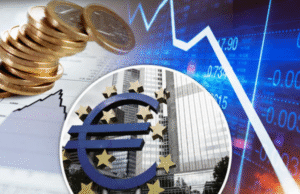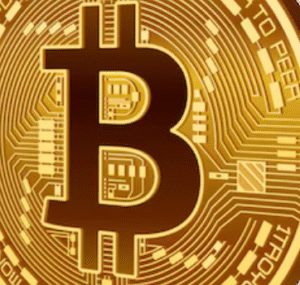$RTS $BTC $XLE
#Russia #Ukraine #Geopolitics #EnergyMarkets #DefenseIndustry #AirForce #NATO #Missiles #UkraineConflict #MilitarySpending #DroneWarfare #GlobalMarkets
Russia intensified its offensive against Ukraine’s critical infrastructure by launching a record-breaking air assault this week. According to a statement from Kyiv’s air force, Moscow fired 188 drones and four cruise missiles overnight, marking the highest volume of projectiles deployed in a single attack since the inception of the conflict. The barrage further underscores Russia’s focus on undermining Ukraine’s energy grid, with the onset of winter potentially exacerbating the humanitarian crisis. Ukrainian air-defense systems displayed resilience by intercepting 76 drones across 17 regions. However, the increasing frequency of these attacks has raised concerns about the nation’s ability to sustain its defense capabilities and the financial strain it places on its European allies, whose energy markets remain highly volatile amid fears of further disruptions.
Broader geopolitical risks are reverberating through financial markets, with particular sensitivity in commodity sectors. Natural gas prices in Europe, tracked by the Dutch TTF benchmark, rose sharply last week, reflecting persistent concerns over energy security as potential weaknesses in Ukraine’s power grid could lead to cascading effects on adjacent energy supply lines. The developments have also renewed focus on the defense industry as countries supporting Ukraine may need to expand military spending to supply advanced air-defense systems. Companies linked to drone technology and ballistic missile systems, such as those included in the $XLE energy and defense stocks subset, may experience heightened investor interest as governments fortify supply chains for critical equipment. Simultaneously, cryptocurrencies like $BTC, which are sometimes seen as safe havens during geopolitical uncertainty, could face renewed upward pressure as investors seek alternatives to traditional markets.
Military-focused developments also prompted a response from NATO and Ukrainian representatives as they convened in Brussels to strategize against Russia’s evolving tactics, including the use of experimental missiles. The gathering sent signals to markets about future escalations, especially in response to Moscow’s probe on Kyiv’s air defense via the recent use of advanced projectiles. Defense-related equities such as $RTS, representative of companies within the Russian index, have seen increased volatility amid the risk of Western sanctions expanding to cover emerging weapons technologies. Meanwhile, Ukraine’s ability to stabilize its economy during heightened conflict remains critical as capital markets weigh the potential restructuring of Ukraine’s foreign debt obligations, a key issue for both bondholders and European governments underwriting much of Kyiv’s financial aid.
As tensions continue to flare, analysts are keeping close watch on drone warfare and its implications for both defense and tech markets. The militarization of drones, particularly their use to target civilian infrastructure, points toward a rapidly growing niche within the global defense sector, lending weight to broader conversations about sustainable spending in national security budgets. Rising demand for these technologies globally could strengthen markets for firms specializing in counter-drone systems and cybersecurity solutions, which are essential to thwart similar evolving threats. The ongoing conflict also poses sustained pressure on energy supplies, likely keeping energy markets volatile through the winter months, with $BTC and other alternative assets remaining critical hedges for those wary of regional instability.







Comments are closed.